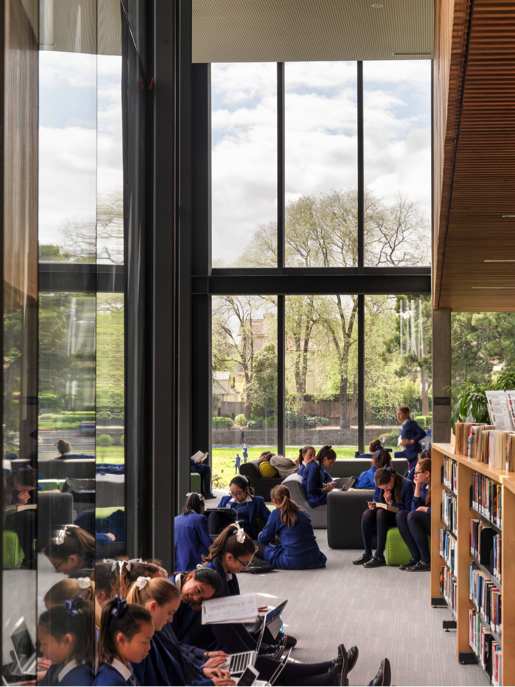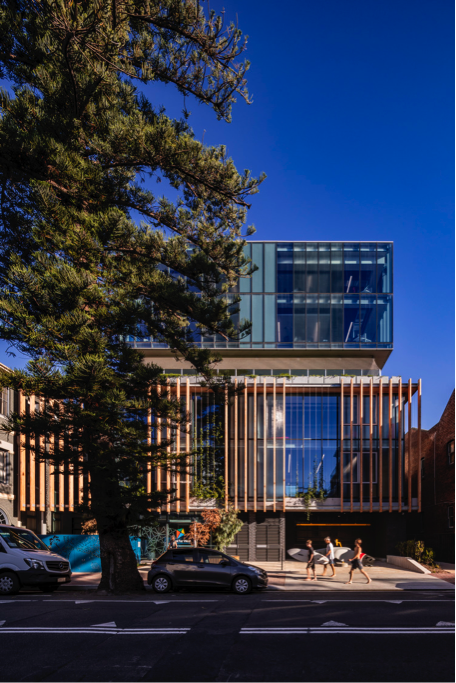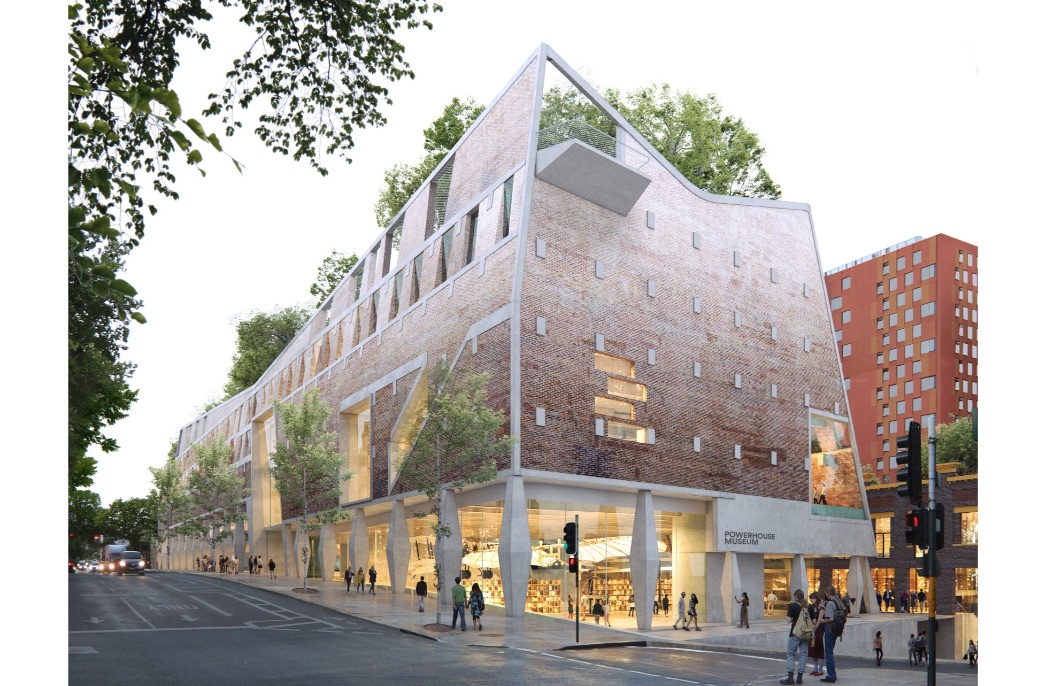
The ‘nature’ of new school design – an evolving concept
The ‘nature’ of new school design – an evolving concept
Share
The association between human health, well-being and the natural environment is well established through empirical research. In the context of architecture, the implications for best practice are clear- championing more nature-based design through inclusion of biophilia is important for living, working and learning environments, says Alan J Duffy, principal at Architectus.
What is biophilia and why does it matter?
The theory was first coined in 1964 by US social psychologist Erich Fromm, then popularised in 1984 by Edward Wilson, a Harvard University biologist, who emphasised that connection with nature leads to better response in terms of human functioning, health and wellbeing.
Urban lifestyle and population growth are creating competition for space, producing more high-rise buildings. Despite the positive relationship between time spent in nature and improved health, people spend increased periods of time (more than 80 percent), in urban set buildings separated from natures benefits. Similarly, students are increasingly ‘glued’ to screens and less active outdoors.
Architecture and nature can coalesce through sustainable building and living practices, including rooftop urban farming, which is garnering increased focus and recognition, as it brings new life to otherwise unused urban infrastructure.

Vertical schools
Late 19th-century architect Louis Sullivan centred on the idea that “form follows function”, a persuasive influence in architecture for over a century, rousing buildings designed from the inside-out. The coherence of biophilia and sustainability benefit vertical school design using approaches such as elevated courtyards and rooftop play space that provide relief from artificial enclosures by bringing the outside in, thus diffusing boundaries between classrooms and the outdoors.
Design opportunities in education
Generation Alpha has arrived! The cultural perspective of technology is re-shaping traditional classroom layouts and settings. Emerging innovation in Artificial Intelligence, Mixed Reality and robotics are moulding new educational experiences and learning practices. Balancing the presence of technology with nature is an important consideration for schools, especially during periods of substantial growth, to ensure the student experience includes the benefits the natural environment offers.
Learning in nature
Associations between indoor-outdoor space and learning outcomes is an evolving research area and studies have shown correlations exist between greater contact with nature and improvement in academic performance. In the context of education and learning, Biophilic design is important, particularly in areas related to:
• Social and emotional learning: Compared to urban settings, natural environments support greater social and emotional restoration; reduce tension, anxiety, confusion, anger and fatigue; and help with students’ attitudes and behaviour.
• Memory and attention: In one study, research participants who walked for an hour in botanical gardens showed that short-term memory improves by 20 percent in nature, compared to those walking through urban streets.
• Fatigue: Attention restoration theory (ART). Nature provides the specific environmental stimuli to facilitate recovery from attention fatigue.

Architectus designed The Mandeville Centre Loreto in Toorak, Victoria
Student engagement
Cultivating and attaining student engagement is a common goal in almost all schools and education settings. Positive psychology models such as PERMA (Positive Emotion; Engagement; Relationships; Meaning; and Accomplishment), used by the NSW Department of Education aims to promote attributes that foster student engagement, confidence and improved learning experiences that lead to higher levels of student success.
Nature fundamentally supports many of these goals. For example, local schools in Sydney often identify with unique nature specific to their locality, such as gum or fig trees or resident school ground animals such as ‘chooks’ or rabbits. Natural features can help form a sense of identity for school communities – where nature itself becomes a classroom/learning environment.

Design strategies
Design decisions considerate of nature lead to positive outcomes in built environments. Four effective strategies that can promote improvement qualities in school design and help support student-centred learning, health and wellbeing include:
1. The connected façade: Operable components enable control of indoor environmental quality.
2. The window seat/nook: An intimate setting to encourage peer-to-peer and self-directed learning for students.
3. The courtyard: A well-established architectural typology, the courtyard design creates a safe communal outdoor space that is both protected by and connected to indoor learning spaces (this can be on ground level or at an upper level on high rise buildings). In particular, the cloister and/or verandah also provides transitional space, ideal for nature-oriented activities during inclement weather.
4. Natural materials: Building techniques that dovetail the latest technology with natural materials such as cross-laminated timber (CLT) are now being considered for their benefits in prefabrication and precision, speed of construction and importantly their natural prefinished material.

Architectus designed Royal Far West, Children’s Health Facility in Manly, New South
These approaches are commonly found in vernacular architecture globally, from Japanese Zen gardens to the cloisters of Europe. Translating similar design principles into larger-scale school buildings is important in the context of promoting healthier environments for students in city locations and high-rise developments.
Some Architectus designed examples where they have been applied include award-winning projects such as the Royal Far West, Children’s Health Facility in Manly, Sydney and The Mandeville Centre Loreto in Melbourne and the Macquarie University Incubator Building for Start-ups in NSW.
Back to nature
A design approach that considers aspects such as daylight, fresh air and greenery can affect the student experience and their ability to absorb, understand and apply learning in school environments. Nature is an asset to embrace as promotes aspects of balance and harmony to the classroom.
Designing from the inside out – by bringing the outside in – can unify man-made and natural environments and has the potential to transform the nature of new school design by promoting health and wellbeing in educational settings, especially for those in dense urban locations.
You Might also Like























